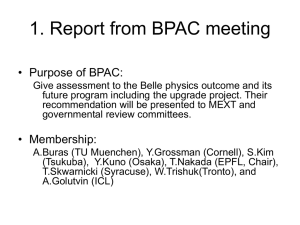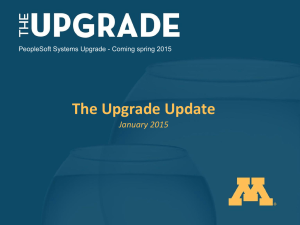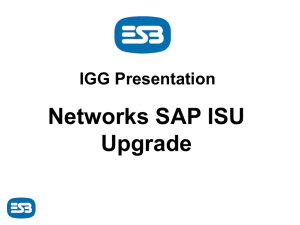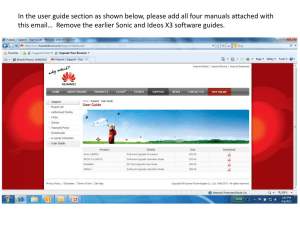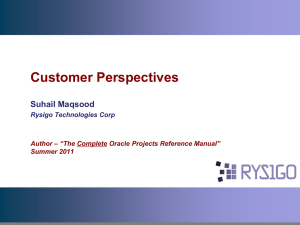Upgrade Strategy
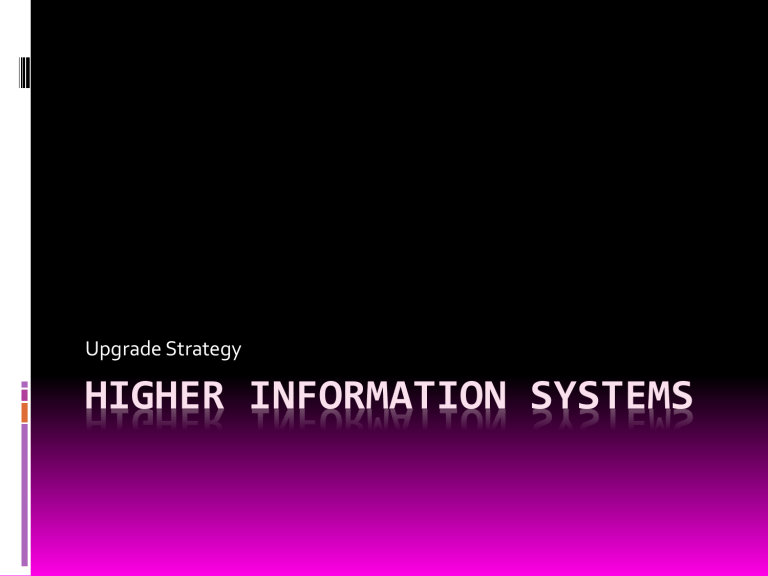
Upgrade Strategy
HIGHER INFORMATION SYSTEMS
Audit
You can’t always start from scratch with a new system. This in not cost effective or wise. Therefore you should do an audit of what you already have in the organisation.
Hardware
Software
What do you have now?
• What will you need in the future?
Upgrade Strategy
We will learn about:
•Future Proofing
•Integration Testing
•Legacy Systems
•Emulation
Before you leave the store could I interest you in an upgrade?
Upgrade Strategy
Future Proofing
Computers and communications develop at an incredible rate
Organisations need to anticipate future developments
They must buy the most advanced hardware and software that will be compatible and can be upgraded in the future
They need to anticipate what will happen in the future.
The operating systems become too out of date to run the new applications, then the older hardware will not accept the upgraded operating system.
This is when you need to upgrade.
Upgrade Strategy
Future Proofing
Hardware - You should buy a computer with more features than you need, e.g.
•Faster processor
•A large amount of RAM
•Biggest hard disk
This will last a few years before it starts to lack power.
Upgrade Strategy
Future Proofing
Software –
Some software will run for years and do the task perfectly well without needing upgraded.
Some software needs upgraded frequently.
The Information System will probably be a mixture of the two .
Software is either written for a special purpose – Air Traffic Control,
Call Centre or it is bought off the shelf – an application like Microsoft
Word.
Upgrade Strategy
Integration Testing
Software and Hardware must be able to work together. This needs to be tested whenever new hardware or software is introduced to the system. This is known as Integration Testing.
•Are the peripheral devices compatible with the O/S?
•Does the network software support the hardware and O/S?
•Is the application software compatible with the O/S & computer?
•Is the hardware compatible with the O/S?
Upgrade Strategy
Legacy Systems
A legacy system is the system that is in existence at the start of an upgrade program.
This is an old information systems running on out of date hardware and operating systems.
The reasons they are still used is because the cost of rewriting software and buying new hardware is too expensive.
The problem is if the hardware breaks down then there are no experts left to fix it.
A way round this is to develop software conforming to Open
Standards. This software can run on any platform (it is portable), e.g.
Linux, Java.
Upgrade Strategy
Emulation
If software has to be run on new hardware then an emulator can be used to ‘pretend’ to be the old hardware. The system software acts as an interface to give the appearance of being the old platform.
Advantages:
• Allows you to run more software on the platform that would normally not be available.
• Data can be transferred between platforms.
Problems:
• Software can run more slowly.
• May not have access to all the functionality of the software.
New Software and Hardware
Open system – means one system can connect with other manufacturer’s systems
Proprietary - does not connect with another vendor’s systems
Upgrade Strategy
We have learned about:
•Future Proofing
•Integration Testing
•Legacy Systems
•Emulation
Before you leave the store could I interest you in an upgrade?
2010 Questions 16
16. McCready, Kovaks & Co., a local firm of accounts, is upgrading from stand-alone computers t a network system. Before changing to the new system, the firm has considered a network strategy and an
upgrade strategy.
(a) Future Proofing and the maintenance of legacy systems are key features of an upgrade strategy.
Discuss the importance of these two key features. (4)
(b) State four aspects of a network strategy that the firm should have considered.
(4)

